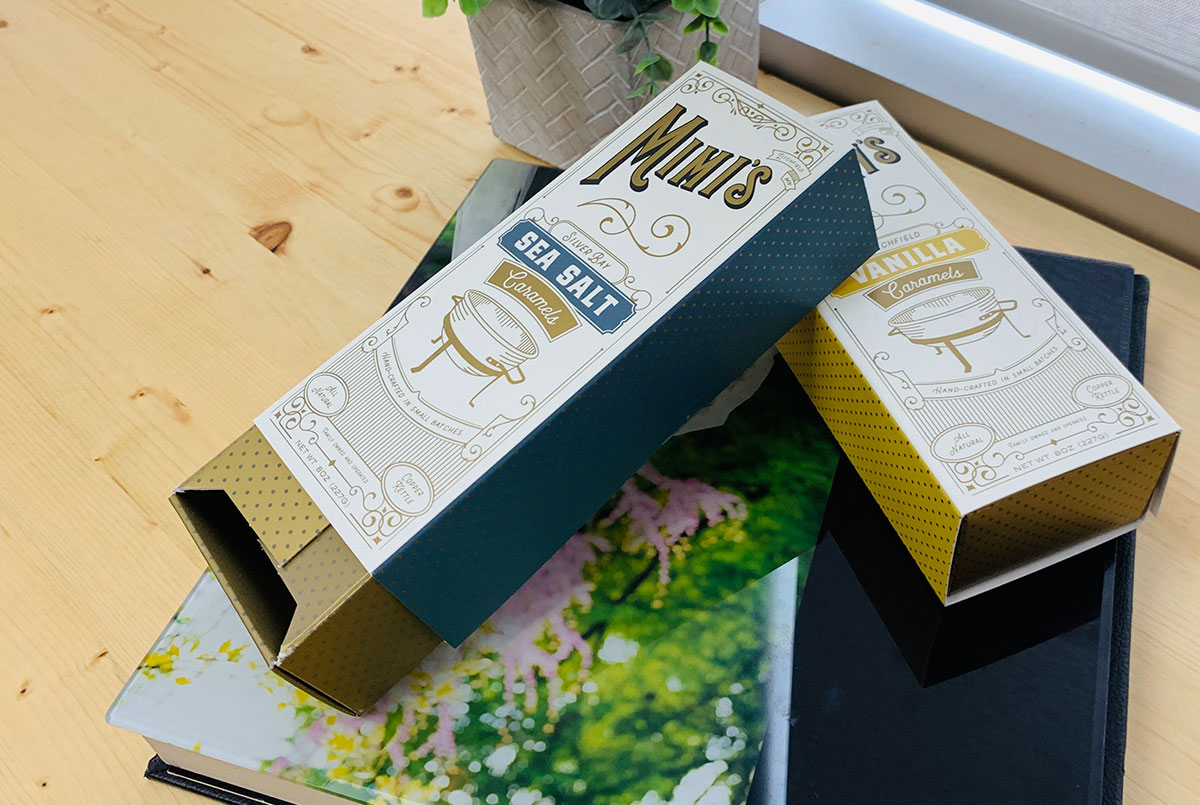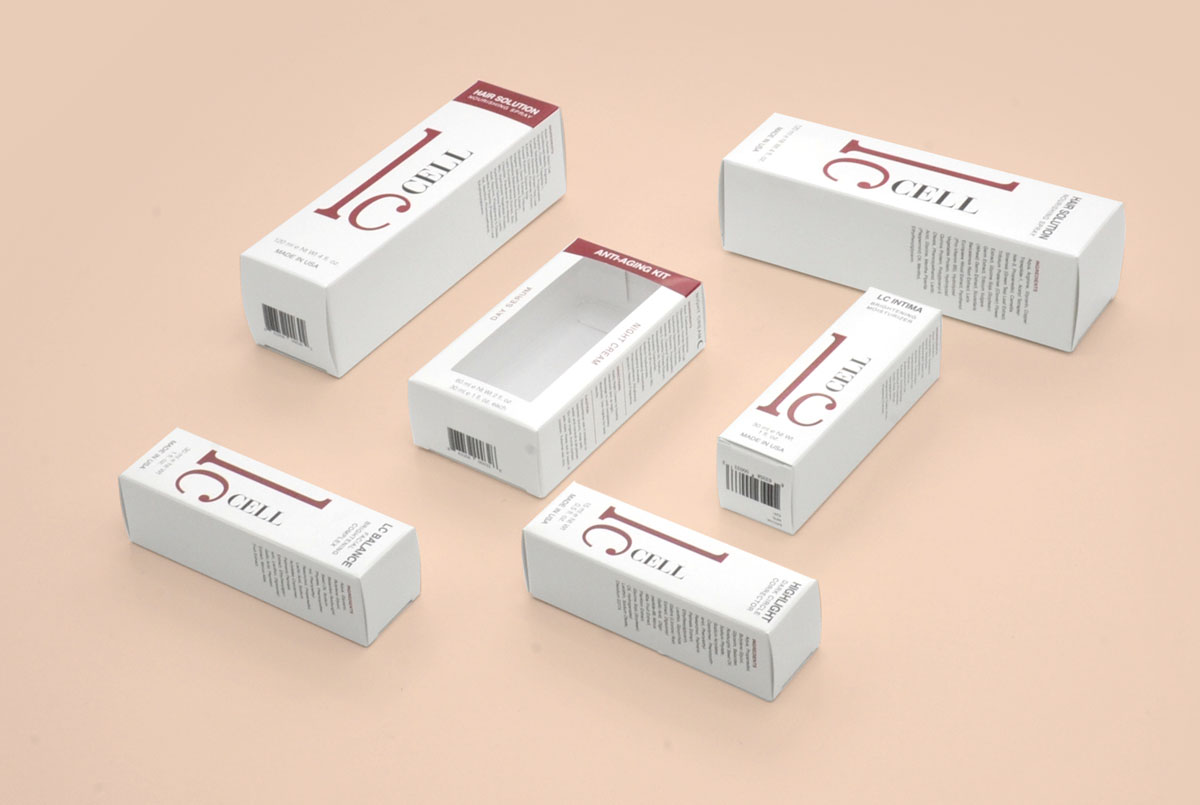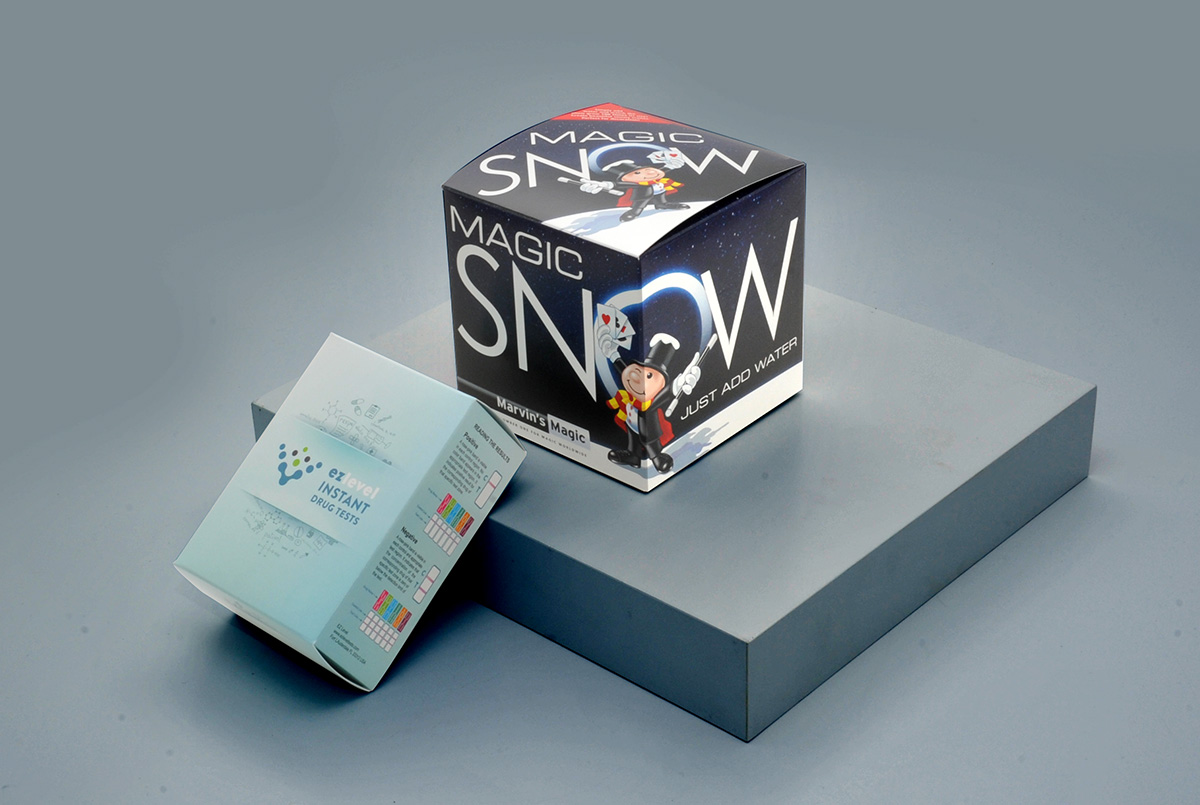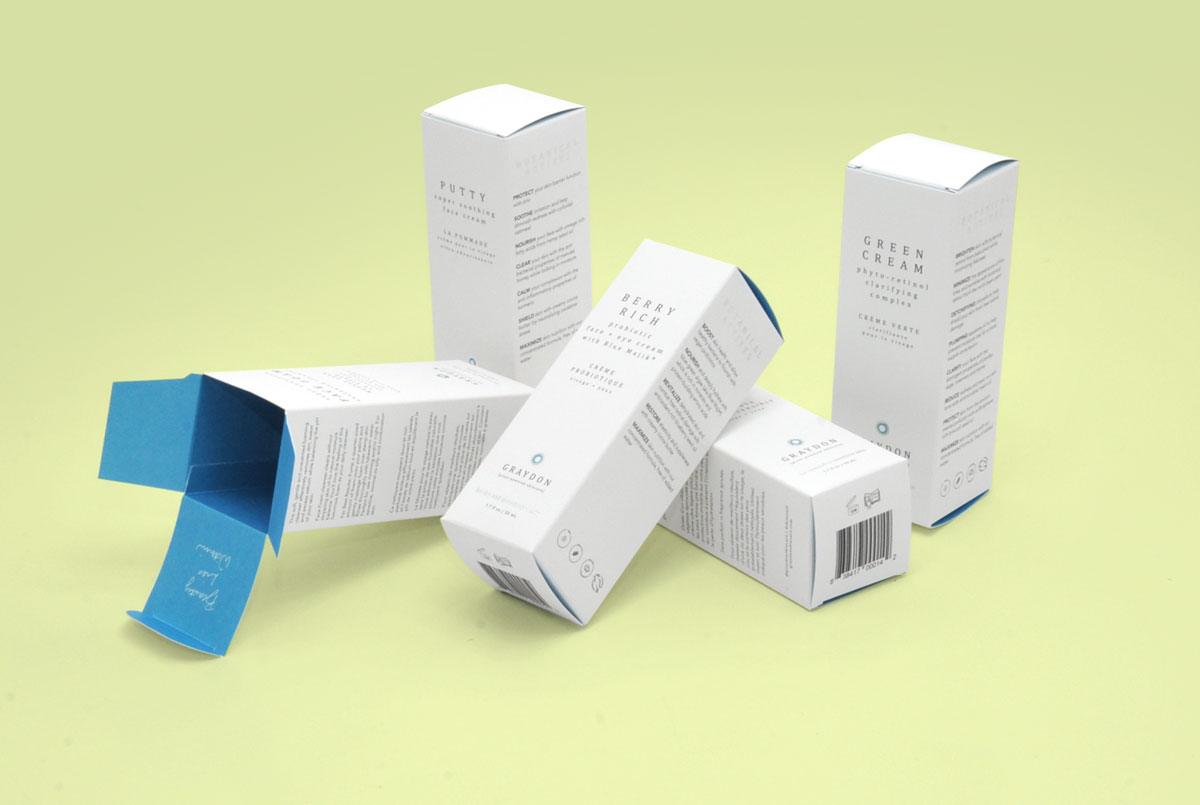Wine packaging, just like all other types of product packaging, is experiencing a push towards sustainability. The population as a whole is becoming more aware of the negative impact it has on the planet and has begun taking steps to minimize it. Choosing to make your wine packaging green will mean your company is doing its part to help the planet.
At the same time, offering green packaging for your wine can also help you bring in more customers as people tend to pick brands with sustainable practices. Customers see this as a small way to help the planet, and it will have the benefit of making your company more appealing than the competitors. There are numerous ways you can make your wine packaging greener, but here are a few to get you started.
Adjust Glass Weight
Start by taking a look at your wine’s current packaging to see which cuts you can make. If your wine is currently sold in thick glass bottles, consider whether you would be able to deliver the same sturdiness and protection with thinner, lighter bottles. This will reduce the amount of glass that you consume during production, helping the planet.
At the same time, a lower glass weight will lead to a slight drop in the overall weight of each individual product. That saves fuel during transportation, reducing the impact on the planet while also saving you a little bit on shipping.
Encourage Reuse
As with any other product, you can also improve the greenness of your wine packaging by encouraging consumers to reuse it. In the case of the wine bottle itself, you could do this by making it look particularly attractive so it is likely to be used as a vase. If your target demographic is the crafty type, strongly encourage them to decorate their used wine bottles and then use them as vases. You could even offer decorating suggestions on your website and social media pages and start a hash tag to encourage this type of creativity.
Take Care with Your Wine Boxes
While not always the case, many wine sellers choose to place either individual bottles or sets of bottles in boxes for easier sale, protection, or a more elegant appearance. If your brand does this, you do not necessarily need to completely eliminate the box to be more sustainable. Instead, you could see if there are changes that can be made to this box.
Investigate whether the materials you use for the box are recyclable and encourage users to recycle them after use. You can even encourage reuse of these boxes in some way with suggestions on how to use the empty wine box Directly on the box itself.
You might consider going a different route and seeing if you can reduce the size of the box slightly to minimize material consumption. If you place some sort of padding between the bottle and the box, swap this out for a greener alternative.




